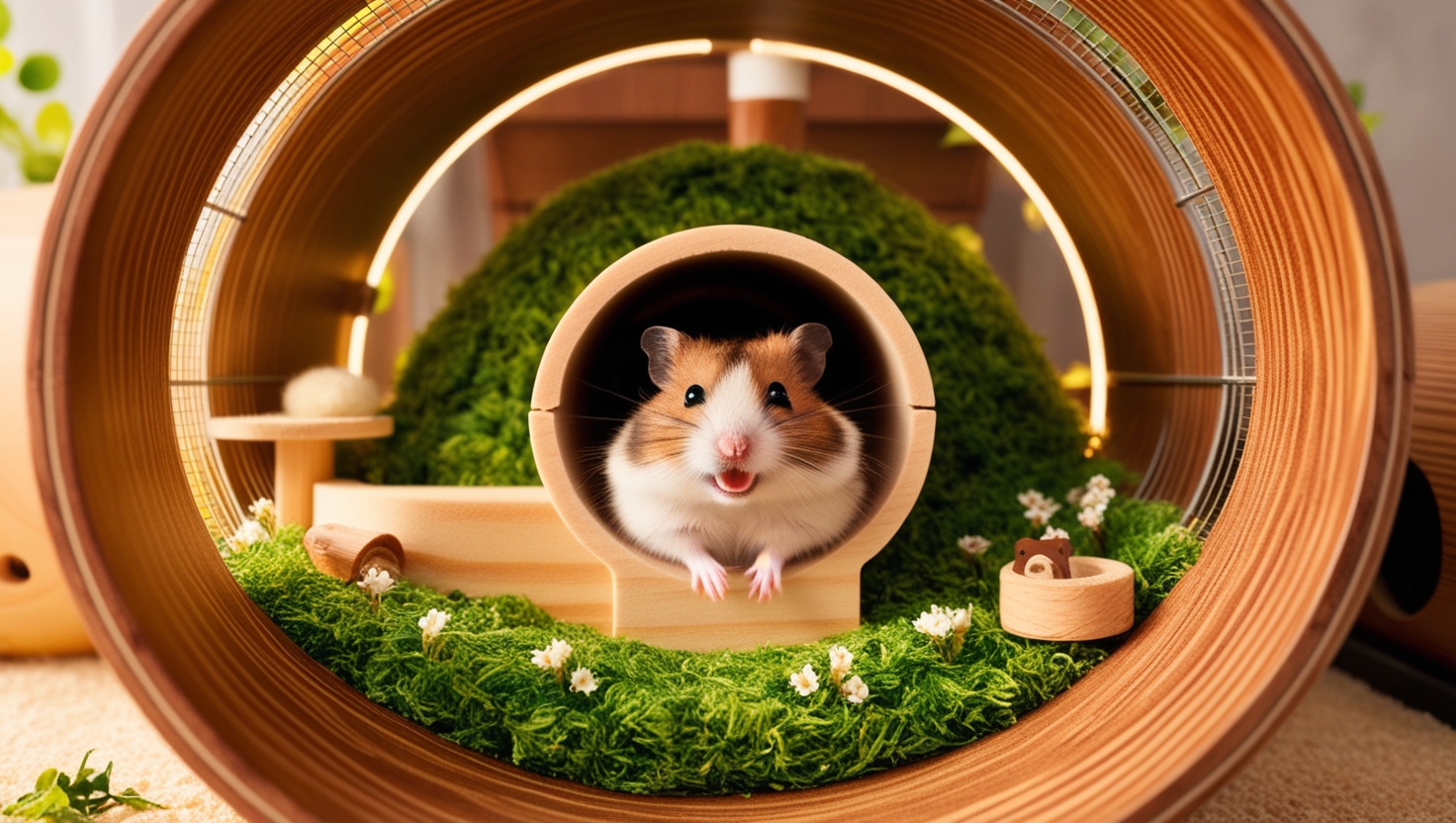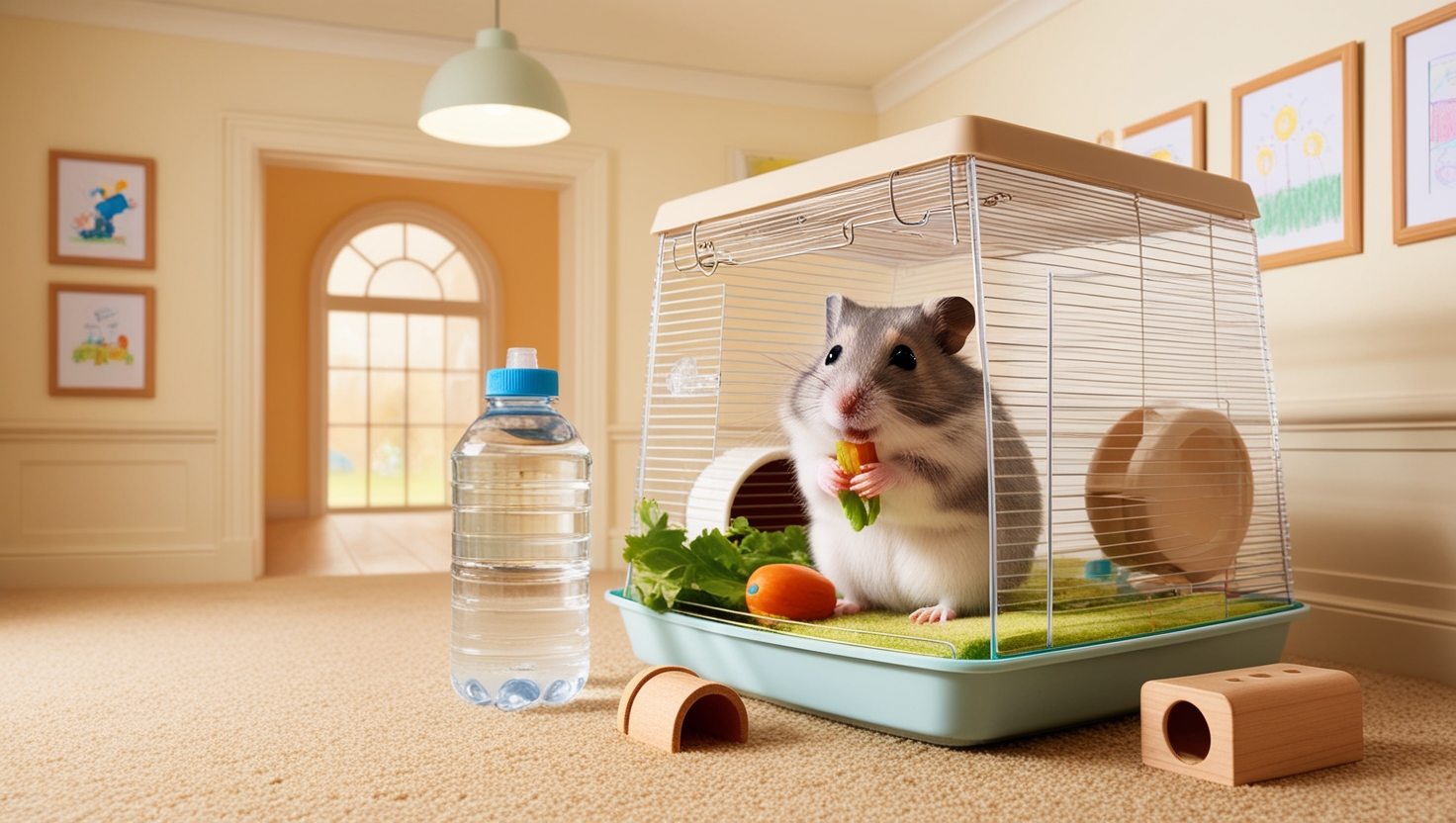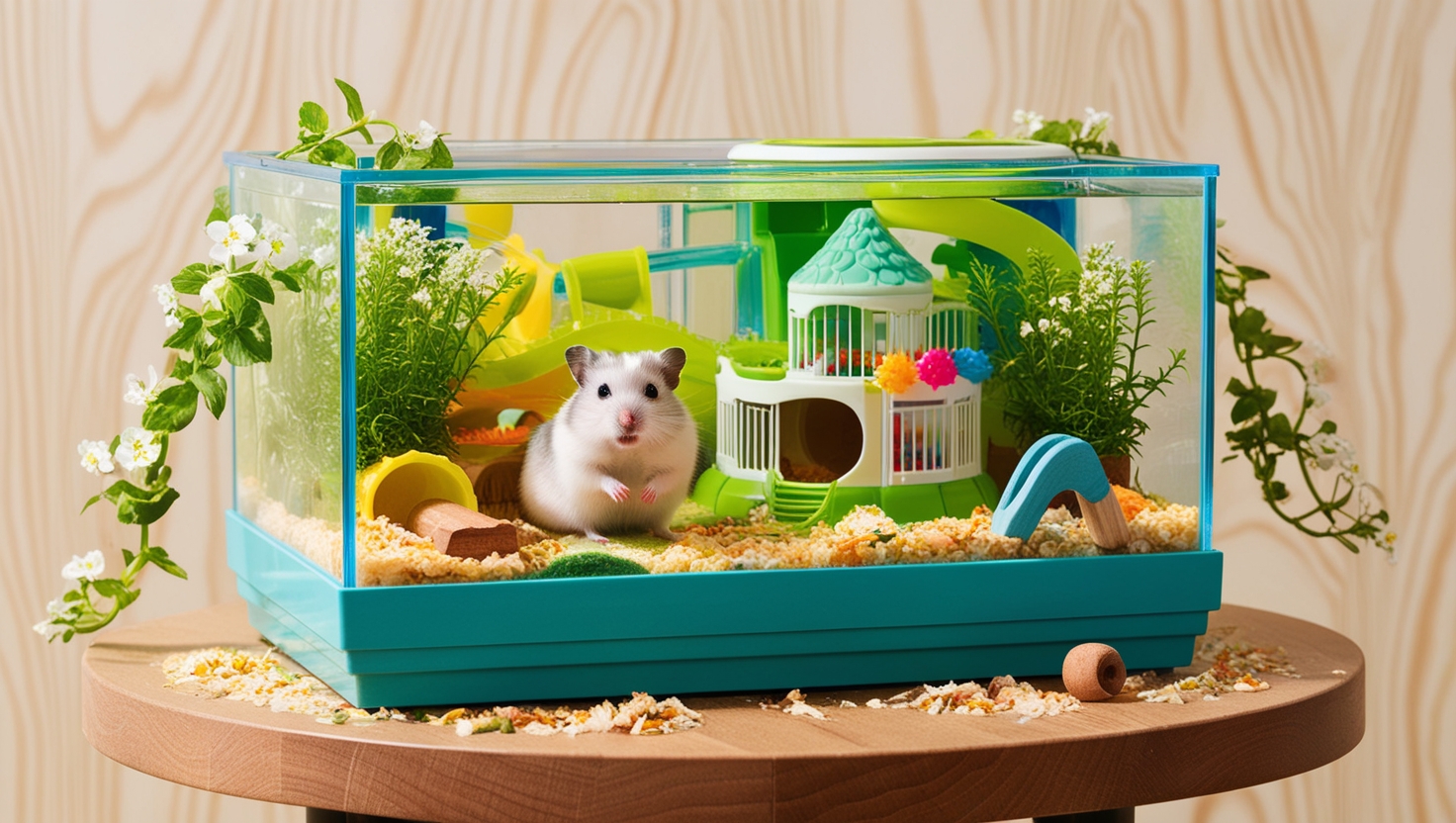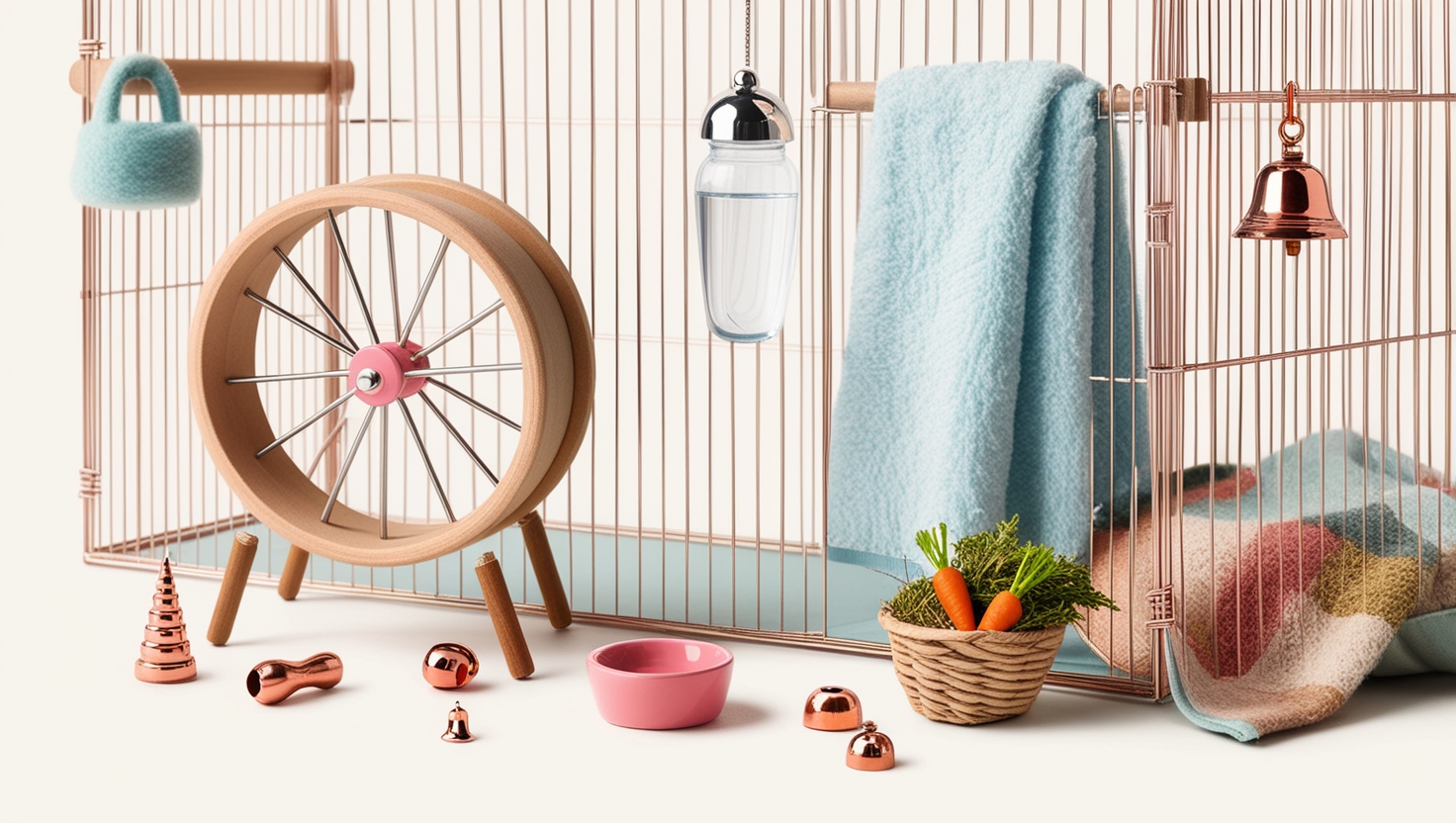So, you’re thinking of welcoming a hamster into your home? That’s fantastic! Hamsters are wonderful, playful little companions. But before you bring your furry friend home, you need to make sure you have the right setup, and that starts with the perfect hamster cage. Choosing the right habitat is crucial for your hamster’s health and happiness.
Understanding Your Hamster’s Needs
Think of the hamster cage as your tiny friend’s personal palace. It’s where they’ll spend most of their time, so it needs to be spacious, stimulating, and safe. A cramped cage can lead to stress, boredom, and even health problems.
Types of Hamster Cages
There are several types of hamster cages available, each with its own pros and cons:
1. Wire Cages: These are popular and provide good ventilation. However, they can be drafty and hamsters might try to chew or climb the bars.
2. Plastic Cages: These offer more security and are less likely to be drafty. However, ventilation can be an issue, and they need to be cleaned more frequently to prevent ammonia build-up from urine.
3. Aquariums: Offering great security and no drafts, aquariums can be a good choice. However, ventilation can be challenging, and they can be heavy and difficult to clean.
4. DIY Cages: Creative hamster parents might opt for DIY cages using materials like plastic bins. These offer customization but require careful planning for ventilation and safety.
Essential Hamster Cage Parts
No matter what type of cage you choose, there are essential parts to consider:
1. Bedding: Aspen shavings are a popular choice, but avoid cedar or pine shavings as they contain harmful oils.
2. Food Dish: Choose a sturdy ceramic dish that won’t tip over easily.
3. Water Bottle: A hanging water bottle with a sipper tube is the most hygienic option.
4. Hideout: Hamsters are prey animals and need a safe space to retreat to. A small wooden house or ceramic hideaway is ideal.
5. Exercise Wheel: Essential for a hamster’s physical and mental health, choose a solid-surfaced wheel that’s large enough for your hamster to run on without arching their back.
6. Chew Toys: Hamsters have constantly growing teeth and need to gnaw to keep them trimmed. Wooden chews, cardboard tubes, and mineral blocks are great options.
Cleaning Your Hamster’s Cage
Keeping your hamster’s cage clean is crucial for their health. Spot clean daily, removing soiled bedding and any uneaten fresh food. A full clean should be done once a week:
- Remove all bedding, toys, and accessories.
- Wash the cage and accessories with warm, soapy water. You can use a pet-safe disinfectant, but make sure to rinse thoroughly.
- “I always recommend using a mild, unscented dish soap for cleaning hamster cages,” says Dr. Lisa Jones, a veterinarian specializing in small animal care. “Harsh chemicals can be irritating to your hamster’s sensitive respiratory system.”
- Replace with fresh bedding and return the clean toys and accessories.
While you can wash metal and ceramic hamster accessories with hot water and dish soap, avoid putting plastic items in the dishwasher. The high heat can warp or damage the plastic, making it unsafe for your hamster.
Choosing the Right Hamster Cage Size
Size matters when it comes to hamster cages. Always aim for the biggest cage you can accommodate.
-
Syrian Hamsters (Golden Hamsters): As the largest hamster species, they need a minimum of 450 square inches of floor space.
-
Dwarf Hamsters: While smaller, they are active and need at least 450 square inches of floor space, with some experts recommending even more.
Setting Up Your Hamster’s Cage
-
Location, Location, Location: Choose a quiet spot for your hamster’s cage, away from direct sunlight, drafts, and any potential hazards.
-
Layer Up: Spread a thick layer of bedding on the cage floor. This allows for burrowing, which is a natural and enriching behavior for hamsters.
-
Create Zones: Designate areas for sleeping, eating, drinking, and exercising.
-
Enrichment is Key: Provide a variety of toys, chews, and tunnels to keep your hamster entertained and mentally stimulated.
Conclusion
Choosing the perfect hamster cage is an important step in becoming a responsible hamster parent. By understanding your hamster’s needs and providing a spacious, stimulating, and safe environment, you can ensure your furry friend lives a long, happy, and healthy life. Have you chosen your hamster’s dream home yet? Share your experiences and ask your questions in the comments below!







